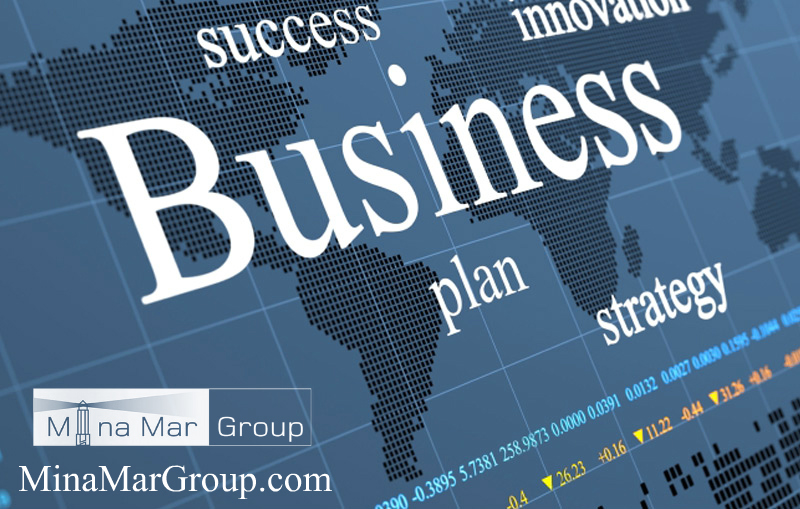M&A deal process includes:
1.Develop an acquisition strategy — Developing a good acquisition strategy revolves around the acquirer having a clear idea of what they expect to gain from making the acquisition.
2. Set the M&A search criteria — Determining the key criteria for identifying potential target companies.
3. Search for potential acquisition targets — The acquirer uses their identified search criteria to look for and then evaluate potential target companies.
4. Begin acquisition planning — The acquirer makes contact with one or more companies that meet its search criteria and appear to offer good value.
5. Perform valuation analysis — Assuming initial contact and conversations go well, the acquirer asks the target company to provide substantial information (current financials, etc.) that will enable the acquirer to further evaluate the target, both as a business on its own and as a suitable acquisition target.
6. Negotiations — After producing several valuation models of the target company, the acquirer should have sufficient information to enable it to construct a reasonable offer; Once the initial offer has been presented, the two companies can negotiate terms in more detail
7. M&A due diligence — Due diligence is an exhaustive process that begins when the offer has been accepted; due diligence aims to confirm or correct the acquirer’s assessment of the value of the target company by conducting a detailed examination and analysis of every aspect of the target company’s operations — its financial metrics, assets and liabilities, customers, human resources, etc.
8. Purchase and sale contracts — Assuming due diligence is completed with no major problems or concerns arising, the next step forward is executing a final contract for sale; the parties will make a final decision on the type of purchase agreement, whether it is to be an asset purchase or share purchase
9. Financing strategy for the acquisition — The acquirer will, of course, have explored financing options for the deal earlier, but the details of financing typically come together after the purchase and sale agreement has been signed.
10.Closing and integration of the acquisition — The acquisition deal closes, and management teams of the target and acquirer work together on the process of merging the two firms.
minamargroup.com
investorrelations.mmg@gmail.com





